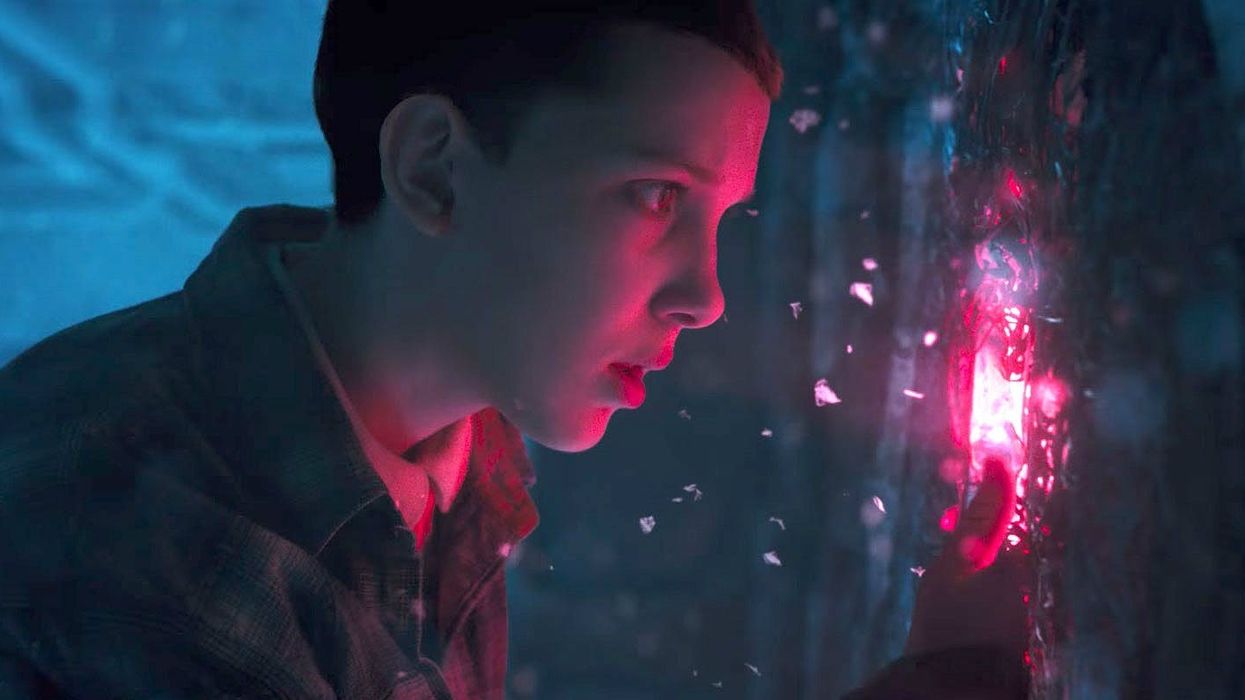Watch: 25 Creative Transitions from 'Stranger Things 2'
"Stranger Things 2" does so much right, including its clever transitions.

Stranger Things is one of the most-watched Netflix shows in their original programming line-up, and it's not difficult to see why. The incredible acting (especially that of the young cast), dynamic storytelling, and beautifully moody visuals all contribute to creating its hugely popular 80s-themed sci-fi horror universe, but there's one facet of the show's filmmaking that some may not have noticed but totally should: its scene transitions.
In yet another excellent supercut, Zackary Ramos-Taylor shows us how creators The Duffer Brothers, as well as the show's directors, DPs, and editors, used clever scene transitions to not only tell more dynamic stories but to also add style and build tension.
Warning: Spoilers ahead!
There are many different editing techniques at work in Stranger Things 2, the second season of the series, including match cuts, sound bridges, flashbacks, and smash cuts. Each of them works to seamlessly take viewers from one scene to another, while still adding plenty of style and substance to both entertain and inform them.
There's one technique, in particular, I find really intriguing that shows up constantly throughout the show—and I'm not sure what it's called or if it even has an official name. It's essentially a cross between a sound bridge and a match cut, or better yet, an audio match cut, so instead of matching two shots based on an action or visual element, you're matching two shots based on a similar sound. A few examples of this from the supercut are #4, #8, and #11—#15 is my personal favorite, with the goopy sound of the malevolent slithering vines matching perfectly with the goopy sound of a bottle squirting syrup onto some french toast.
Ramos-Taylor's supercut is a great watch for all Stranger Things fans, but if you're a filmmaker looking for some ideas on how to make your scene transitions more creative, stylish, and effective, well, you've definitely found some.
Source: Zackary Ramos-Taylor

 No Film School's coverage of
No Film School's coverage of 









